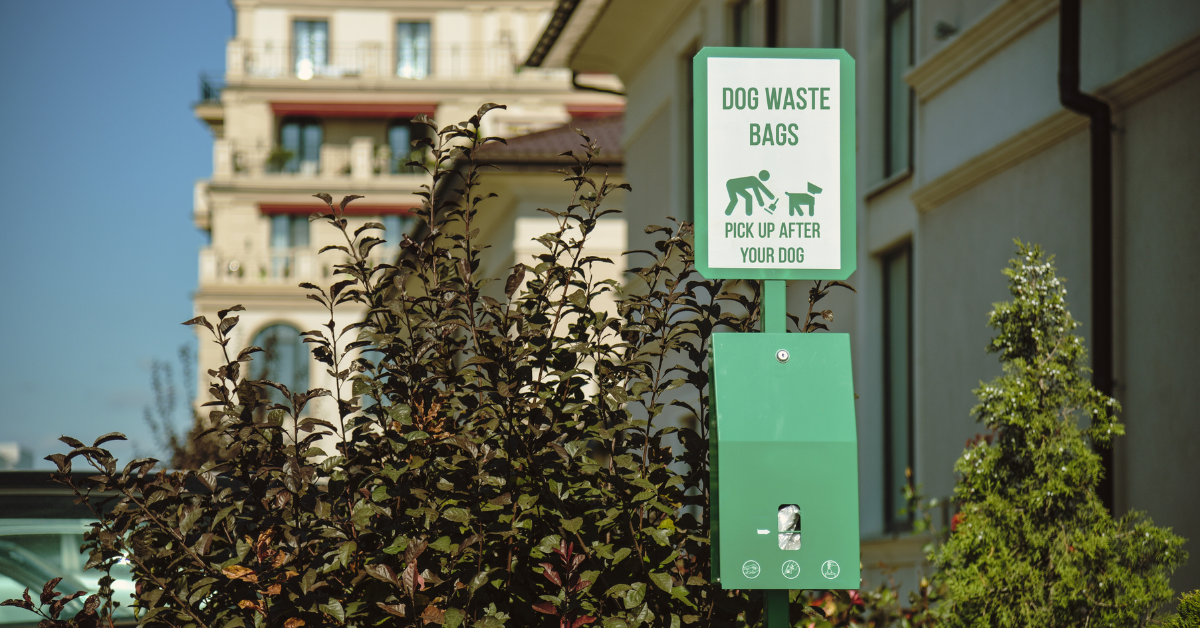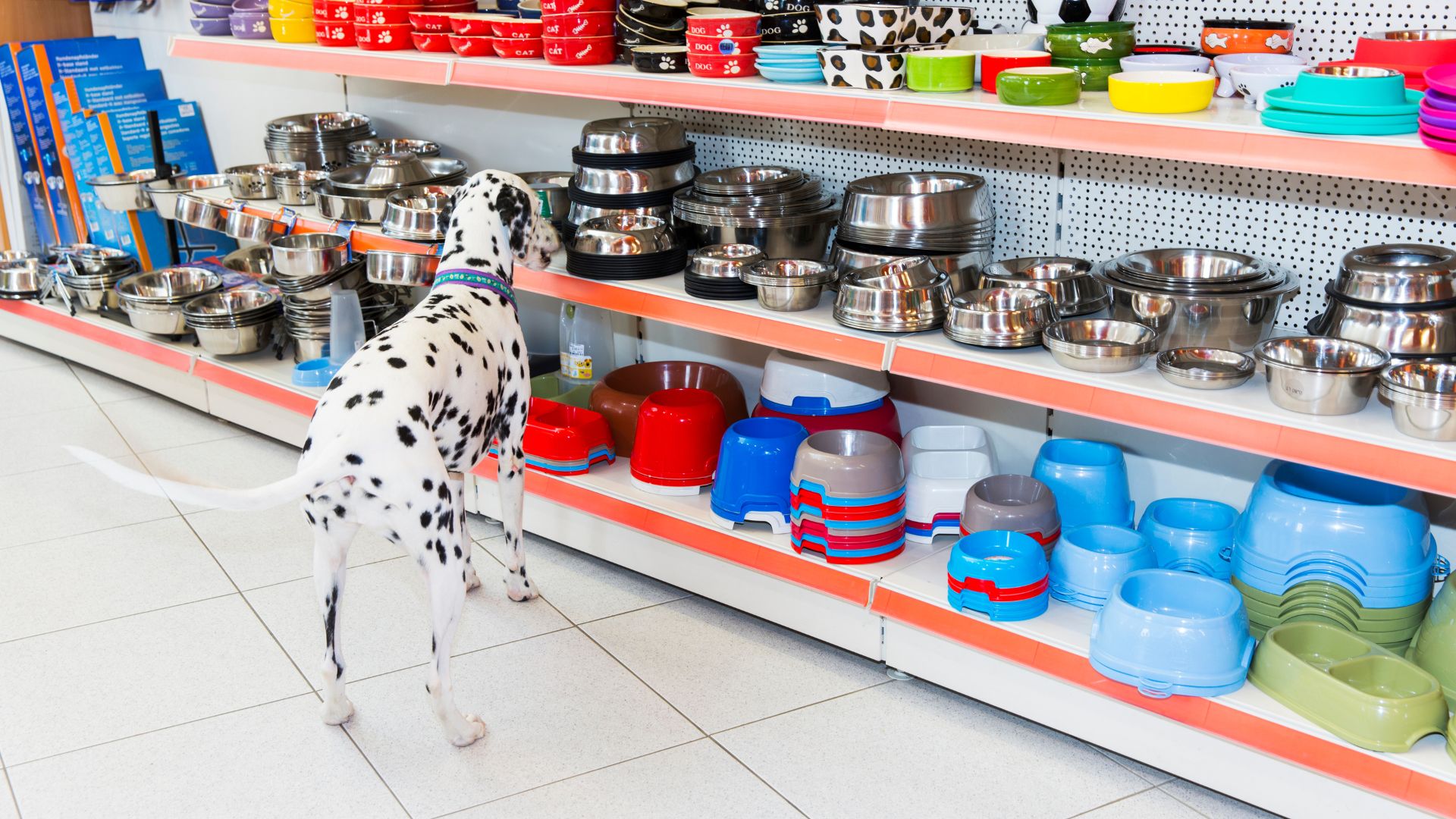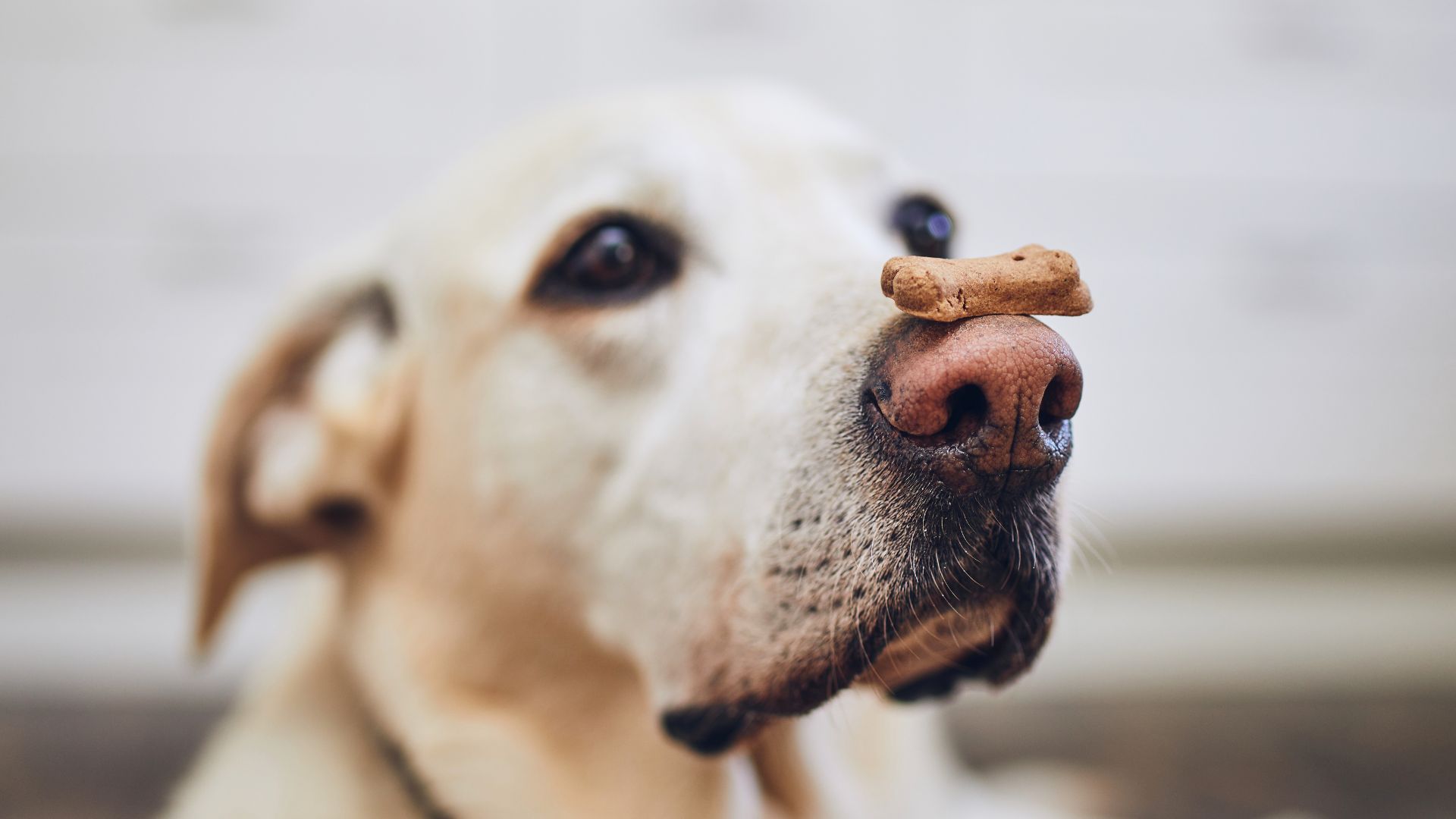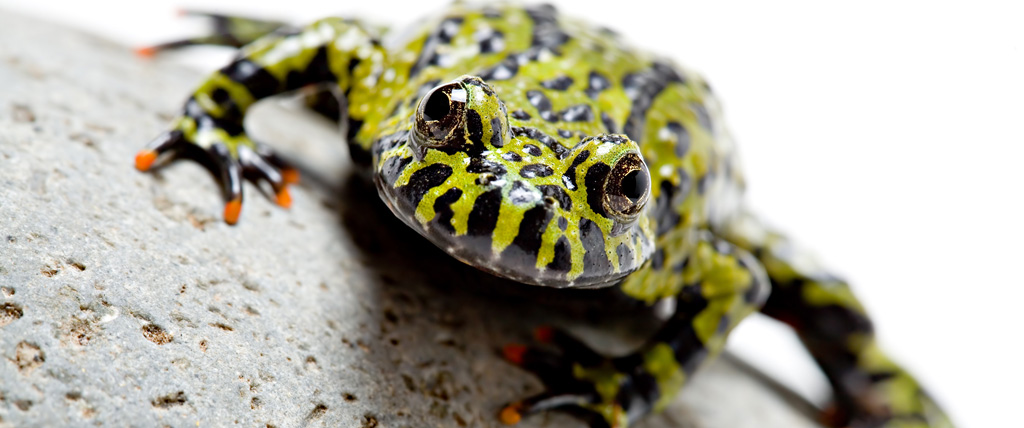Froggy Floofins!
April is National Frog month and to celebrate we’ve cooked up an article about some basic information regarding frogs as pets. People are used to thinking of cats, dogs, birds and small rodents like guinea pigs as pets, but for some, furry and feathery critters just don’t cut it—they want amphibians. Read on for more information about keeping these cute little guys as pets.
Some species of frogs can make delightful pets, although, as with any animal, there are some challenges involved in their keeping. Some frogs need their owners to pay very close attention to things like humidity and temperature, and most frogs need water in their tanks so that they don’t dry out.
Diet: Frogs are carnivores, and they prefer to catch and eat their meals live, so feeding pet frogs is not for the squeamish! Crickets are very popular fare, with most websites recommending “gut-loaded” crickets, or those that have recently fed, as the frogs get more nutrients this way. Another piece of conventional wisdom concerning frog diets is to supplement with calcium. Dusting food with calcium powder is a pretty standard way to do this. Adult frogs eat a few times a week; younger frogs eat more frequently because they’re growing.
Handling and Play: Pet frogs are not like dogs and cats and should only be handled when it is necessary. Their skin is extremely sensitive and can absorb chemicals from your skin through it. This includes lotions and soaps. This care-sheet from Petco suggests using latex gloves when handling your frog. This page on White’s tree frogs suggests not using soap before handling your frog but thoroughly rinsing your hands instead. All frogs secrete some level of toxins from their skin so be sure to wash your hands after you touch them. Their bodies are also relatively fragile, which is another reason you shouldn’t handle your pet frog unless you have to.
Housing: The habitat needs of frogs vary—some do quite well in small aquariums, others, like the White’s tree frog, benefit from taller, rather than stouter, tanks. Most frogs require some water in their tanks; a frog-sized water dish for some, much more for others. Whatever amount of water your frog needs, that water needs to be changed often to prevent it from going stagnant Some species of frog require their tanks be misted often to maintain humidity levels.
Frogs need hiding places; several species burrow into their substrate, and having some plant cover or a hollow log can also offer good hiding places. Substrate is the substance that covers the floor of the tank—coconut fiber and sphagnum moss are popular options. For most frogs, the substrate needs to be moist, and soft enough for them to burrow into, but this means you’ll also need to check for mold.
Some frogs need UVB lighting and most frogs need lighting for a good part of the day, 10-12 hours. Some frogs will also need heat lamps or submersible aquatic tank heaters. Your frog’s habitat should be cleaned weekly.
Popular species:
Pacman frogs: Pacman frogs, the popular name for the several varieties of horned frog, are fun because of their bright colors, large eyes and froggy roundness. Pacman frogs are on the larger side, but don’t move around much. All frogs have teeth, but because of the Pacman’s size and temperament, they can bite and draw blood if you’re not careful! Pacman frogs are a joy to look at but need very little interaction from you.
White’s tree frog: Chubby and green, with expressive eyes, these little guys are pretty chill. They’re found in the wild in Australia, where they can sometimes be spotted hanging out on windowsills in order to catch insects. According to this excellent site, White’s tree frogs don’t mind being handled as much as other species. Despite this, it’s best not to over-handle them. White’s tree frogs, as you can guess by the name, climb, so a taller tank with lots of things to climb on is essential for their well-being.
Fire-bellied toads: These guys are social little frogs, they do well in groups of their own species. Largely aquatic, they’ll need water in their tanks. They are known for their striking coloration and their relative hardiness.
It’s important to always buy domestically-bred frogs as pets. Do not capture them from the wild or purchase them from someone who does. Certain frog species are in decline in the wild, so it’s essential to obtain them ethically.
As you can see from the above, frogs’ needs range widely based on species—once you’ve decided what species you’d like as a pet it’s best to do thorough research on that species. Do not house different species of amphibians or reptiles together; they may attack each other. Some frogs are solitary, such as the Pacman frog, while others enjoy the company of other frogs of their own species that are similar sized. Large size differences among tank-mates sometimes cause aggression. Frogs may not want to play fetch with you or sit on your lap while you’re watching TV, but for some people they make great little pets. Make sure you really do your research before getting a frog as a pet—you want the best for any animal you share you life with.
Other Recent Blog POsts

Landfill Biodegradable Poop Bags for a Greener Earth Day
April 18, 2024
Work From Home? Don’t Skip Dog Walks
April 10, 2024
Celebrating Floofins & Co.’s 14 Years Serving Chicagoland
April 4, 2024
Small Businesses Make Thriving Communities
March 11, 2024
Get A Free Biscuit At Happy Dog Bakery
February 1, 2024

